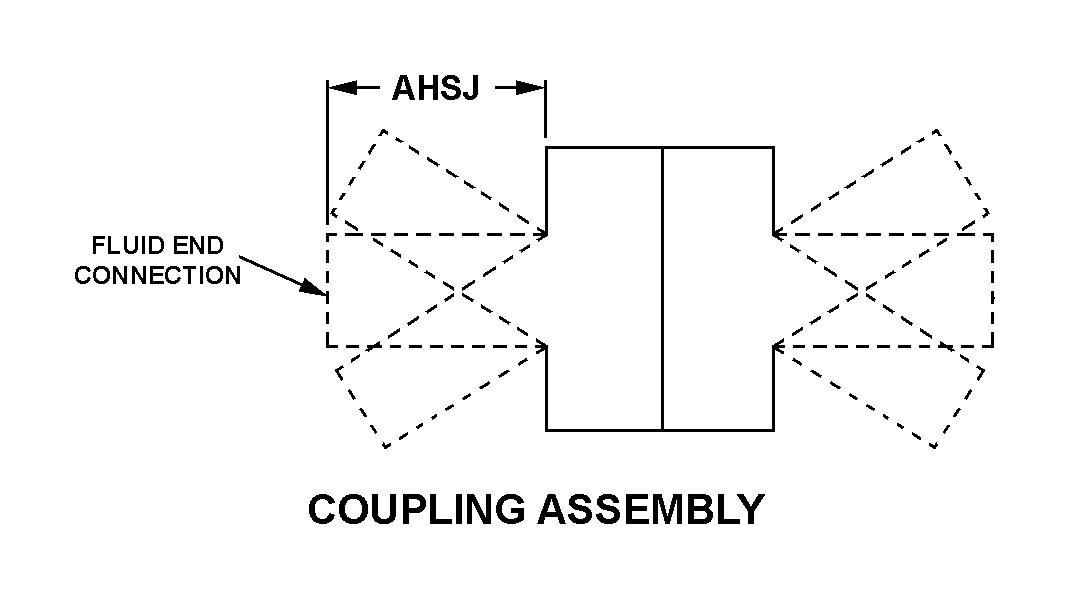4730013841910
Price Quote Get an up to date pricing and availability quote for this product. Order online or over the phone.
Quality Commitment
Serving our customers with quality and safety first.
- AS9120 Certified
- Audited supply chain
- ITAR Registered
- DDTC Registered
- HAZMAT Certified
- Customer service objectives
- Every product 100% inspected

4730-01-384-1910 Specification Set by the OEM (see RNCC code 3)
3a first fluid end connection
5.502in. ⁓5-33/64"
orange
1.401in.
PUSH-Pull all ends
275.0 deg fahrenheit single response
flareless first fluid end connection
0.688in.
threaded external tube first fluid end connection
SELF-Sealing
12 first fluid end connection
identical
3000.0 pounds per square inch fuel/oil, hydrocarbon
3000.0 pounds per square inch single response
1.063in. first fluid end connection ⁓1-5/64"
12.0 degrees
275.0 deg fahrenheit fuel/oil, hydrocarbon
0.750in. first fluid end connection
aluminum
anodize
coupling assembly
unj first fluid end connection
Cross Reference Parts Part numbers that meet the specification outlined on this page and set by the OEM
Identification Item Identification Guide (IIG) and Item Name Code (INC)

Definition Definition of approved item name (AIN): "COUPLING ASSEMBLY,QUICK DISCONNE"
A multipiece fluid line fitting consisting of two coupling half, quick disconnect fittings.
4730-01-384-1910 Material Hazmat, Precious Metals, Criticality, Enviroment, and ESD
Indicates there is no data in the hmirs and the nsn is in a fsc not generally suspected of containing hazardous materials.
Item does not contain precious metal.
No known electrostatic discharge (esd) or electromagnetic interference (emi) sensitivity.
Represents items with no adp components
The item does not have a nuclear hardened feature or any other critical feature such as tolerance, fit restriction or application.
Identification Codes
HMIC: Hazardous Material Indicator Code. A one position code that identifies a hazardous item.
PMIC: Precious Metal Indicator Code. A one position code which identifies items that have precious metals as part of their content. precious metals are those metals generally considered to be uncommon, highly valuable, and relatively superior in certain properties such as resistance to corrosion and electrical conductivity.
ESD: Electrostatic Discharge. Indicates if an item is susceptible to electrostatic discharge or electromagnetic interference damage. electrostatic discharge damage occurs when an accumulation of static electricity generated by the relative motion or separation of materials is released to another item by direct contact. electromagnetic interference damage occurs when an item comes into proximity with an electrostatic or magnetic field.
ENAC: Enviromental Attribute Code. Identifies items with environmentally preferred characteristics.
CRITL: Criticality Indicator Code. Indicates an item is technically critical by tolerance, fit, application, nuclear hardness properties, or other characteristics.






